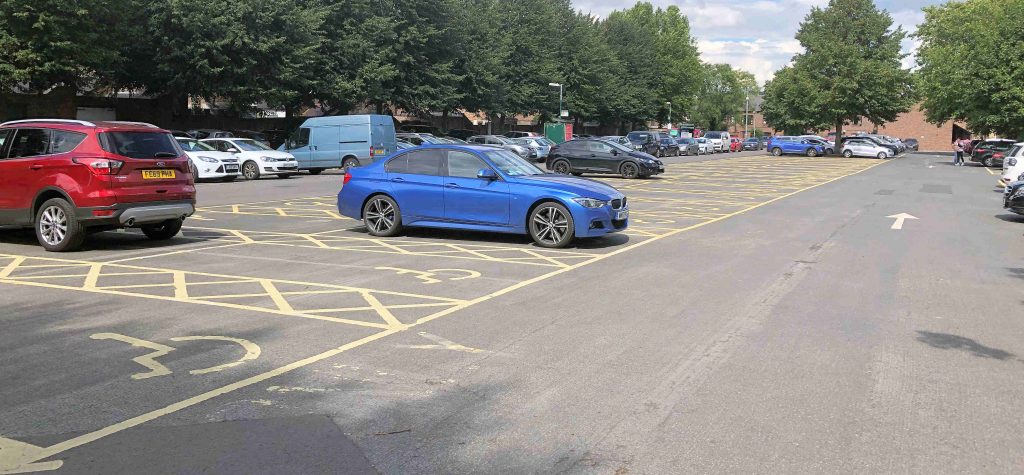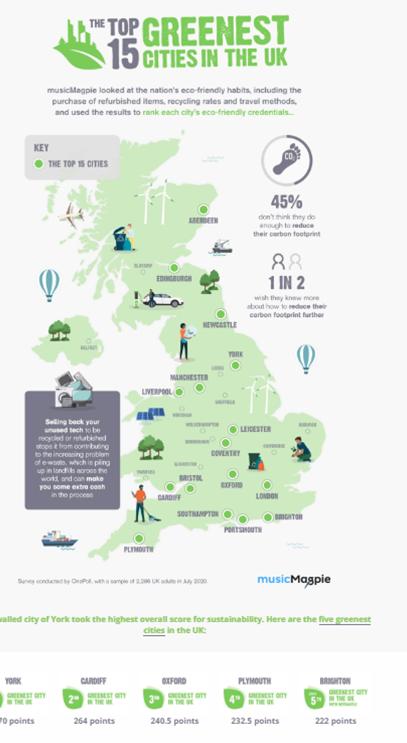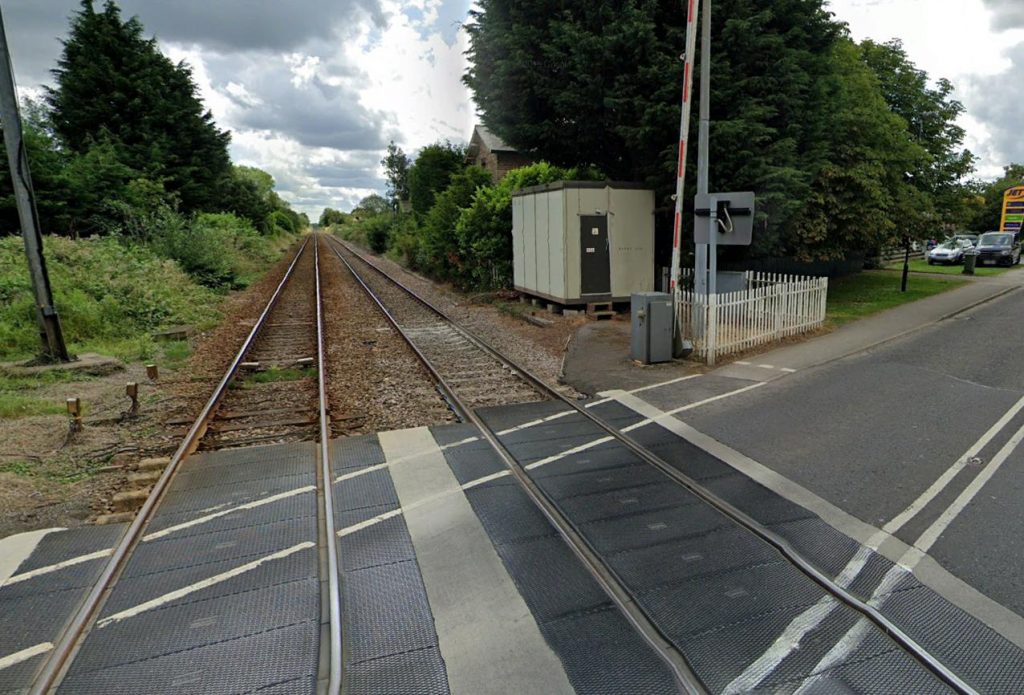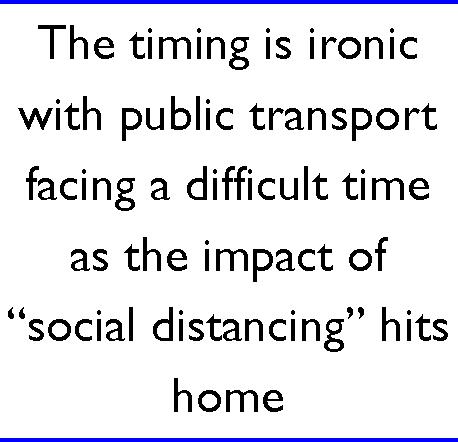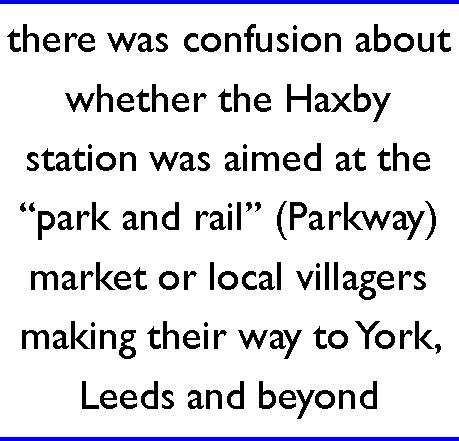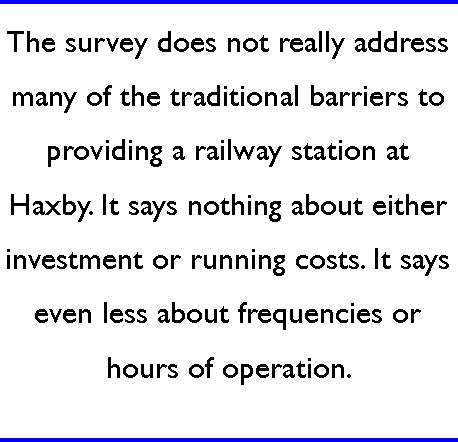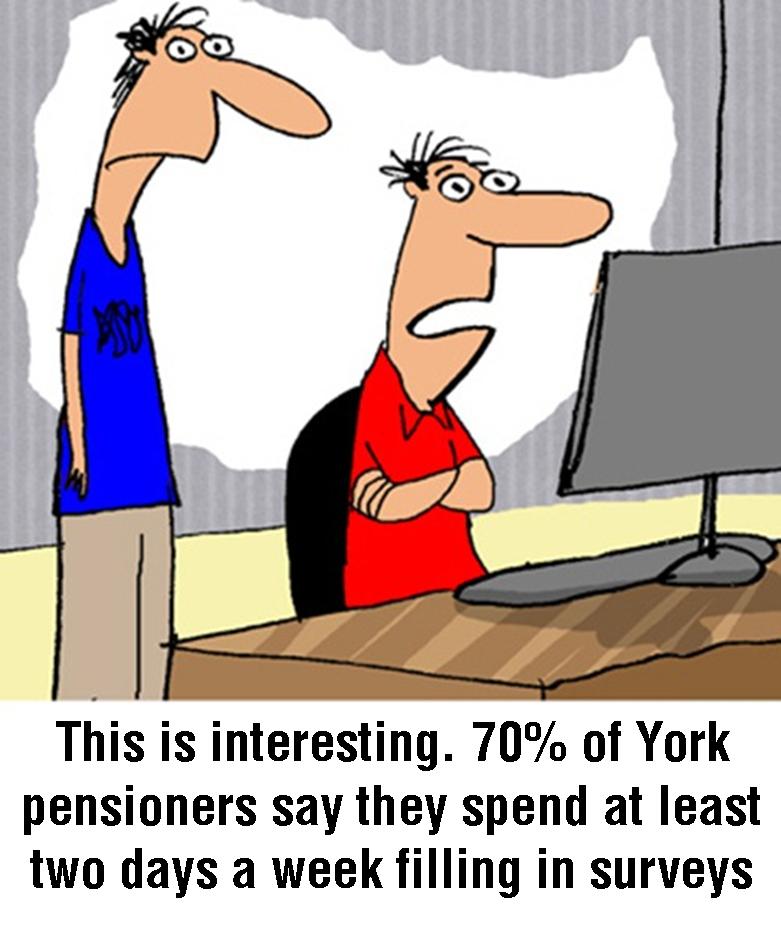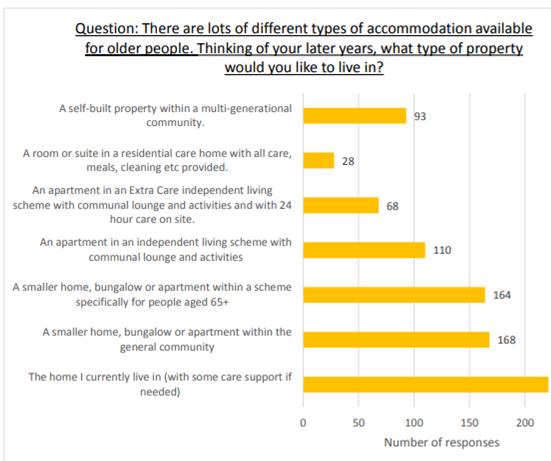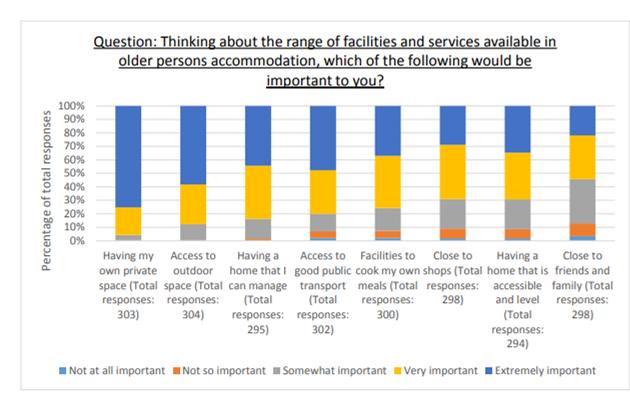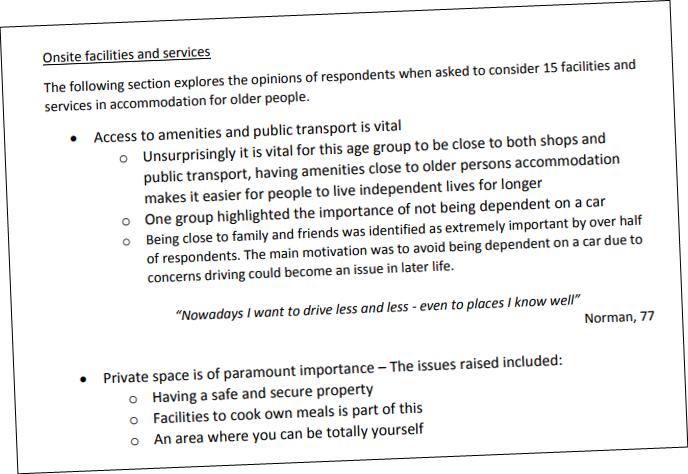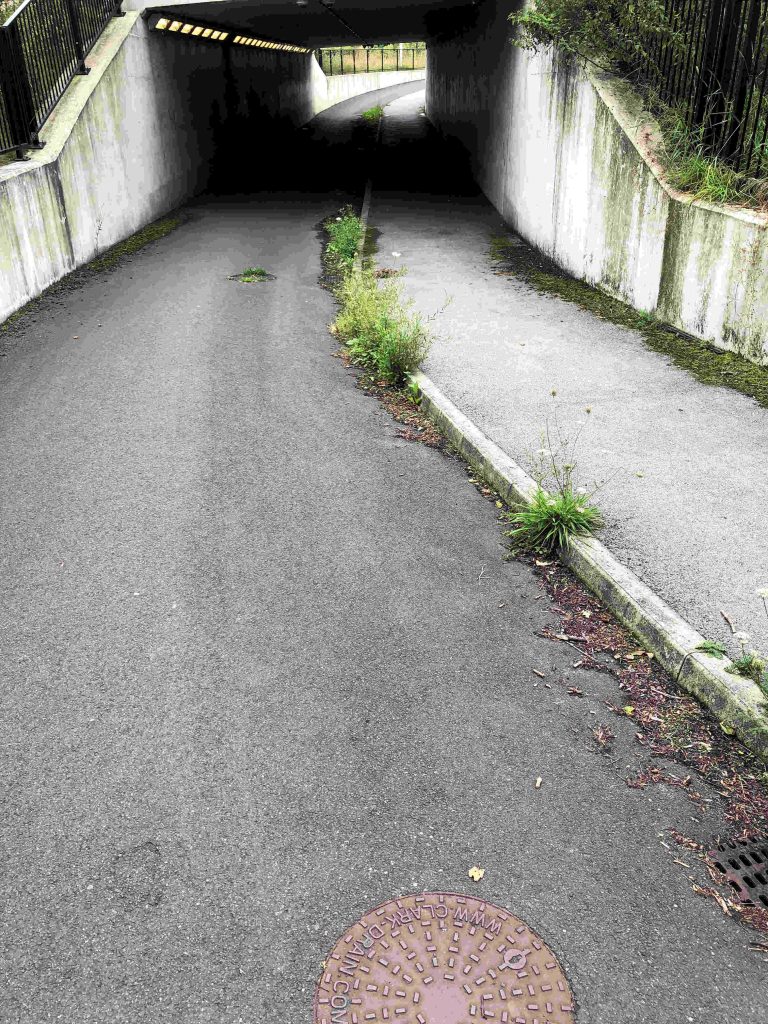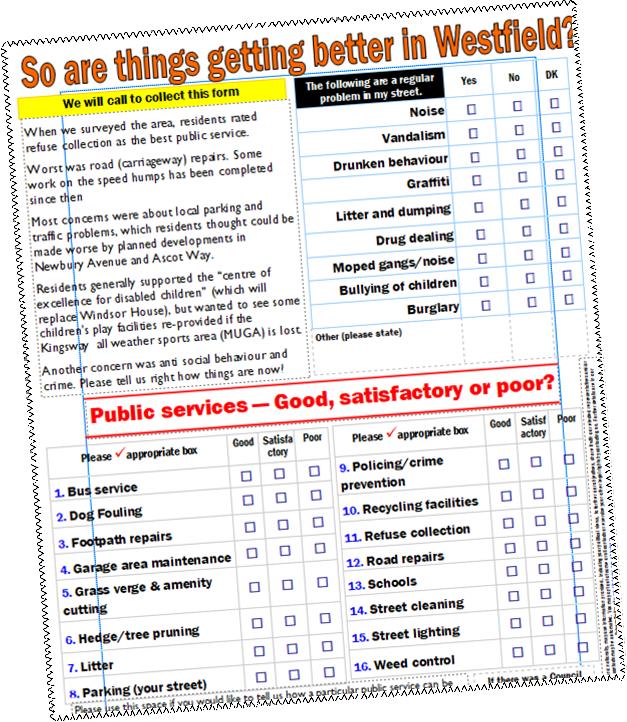City of York Council wants York’s Blue Badge Holders views on potential new parking in York city centre.
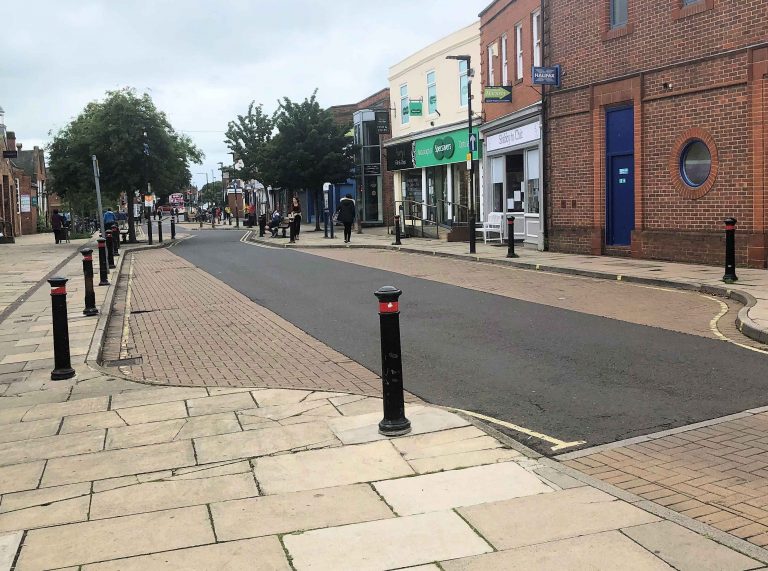
Unfortunately the survey does not extend to suburban shopping areas like Acomb Front Street. One suggestion there is that the pedestrian area should be suspended on one day per week to allow access for Blue Badge holders.
The council says it is reviewing options to provide additional Disabled Parking locations at the edges of the pedestrianised ‘footstreets’ area. It is doing so before considering whether to make permanent the temporary changes to access arrangements introduced last year, potentially removing Blue Badge access exemptions on specific streets.
This would make the current temporary arrangements permanent, with no vehicles allowed to enter the footstreets area between 10:30am and 5pm (apart from emergency vehicles and a very limited number of service exemptions).
A separate consultation will take place over the decision. For now the council wants to understand how useful these potential additional Blue Badge parking locations next to the footstreets would be.
The new locations represent a mix of new parking bays, potential shared spaces and options to improve some double yellow line parking with dedicated bays.
The areas under consideration are:
- Junction of Blake Street and Duncombe Place – next to the Visit York building and Grays Solicitors,
- Duncombe Place Horse and Carriage Bay – on the road leading to the Minster,
- St Andrewgate – the road leading down the side of Barnitt’s onto King’s Square,
- St Andrews Place, off St Andrewgate,
- Deangate – between the Cross Keys and the Minster,
- Stonebow – outside Calvert’s carpets,
- St Denys Road – near St Denys’ Church,
- Cumberland Street – by the York Opera House,
- Lord Mayor’s Walk – alongside the wall near Monk Bar,
- St Leonard’s Place – near the De Grey Rooms.
As part of the consultation, the council is also talking to other users of these spaces, including taxi associations, neighbouring businesses and residents.



